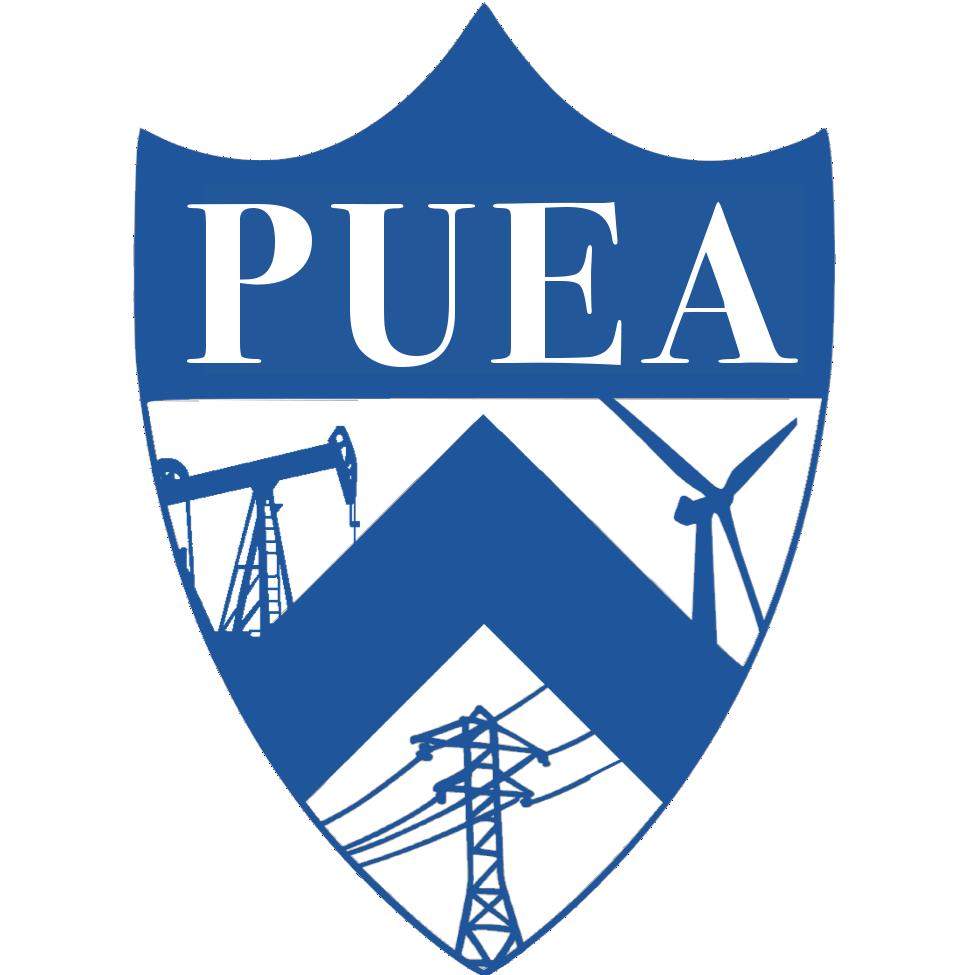Volume 7, Issue 5
March 31, 2019 – April 6, 2019
Neha Chauhan '21 | Joseph Kawalec '21 | Amy Amatya '21 | Patrick Huang ‘21 | Rei Zhang ‘21 | Sabrina Reguyal ‘22
A highly efficient rooftop solar panel based on space technology
March 30, 2019 | The Economist
Commercial silicon-based solar panels usually have an efficiency between 17-19 percent; this percentage represents what proportion of the sun’s energy reaching the solar cells is converted into electricity. Panels that achieve higher efficiencies exist but require costly technologies that are uneconomical except for specialized use. A startup from the Swiss Institute of Technology has incorporated designs that have been used to power spacecraft into its solar cells. This company, Insolight, integrates multi-junction solar cells that convert energy from a broader spectrum of light into a grid of typical solar cells. Insolight’s solar panels also use an overlaid glass layer of optical lenses to focus sunlight onto the solar cells and can be changed in orientation to track the movement of the sun, enabling efficient use of the expensive multi-junction solar cells. This technology may help to reduce the cost of electricity generated through solar technology and allow for the production of electricity even in cloudy weather conditions. -PH
As Global Energy Demand Grows, So Does Appetite For Offshore Wind
March 26, 2019 | Forbes | Ariel Cohen
Wind energy is experiencing a production boom, granting serious traction to the concept of offshore wind farms. According to Global Industry Analysis, offshore wind capacity “is forecast to grow by over 80 gigawatts (GW) through 2024,” signaling a period of exceptional growth. Even though offshore wind projects require more complex logistics and expenditures, recent technological breakthroughs and declining costs are making it more and more attractive. Britain has announced plans to derive 30% of its electricity from offshore wind by 2030, and the United States is aiming to achieve over 20 GW of offshore wind on the East Coast by 2030, showing how global superpowers are embracing this up-and-coming form of clean energy. These developments in offshore wind energy are promising in the context of the increasing relevance of low-cost and low-carbon energy solutions to relieving effects of climate change. -JK
U.S. Energy Secretary Unsure If Saudi Nuclear Approvals Came After Khashoggi Killing
March 28, 2019 | Reuters | Timothy Gardner
On Thursday, March 28, Secretary of Energy Rick Perry revealed in a Senate hearing and a later statement that he had approved seven applications for U.S. companies to sell preliminary nuclear power technology and assistance to Saudi Arabia since November 2017. Approvals allowing companies to sell nuclear technological expertise abroad are known as Part 810 Authorizations and are usually publicly-accessible. Lawmakers from both parties have spoken out against Perry and the Trump administration for negotiating without informing Congress. The presence of nuclear technology in Saudi Arabia has been especially sensitive since Saudi Crown Prince Mohammed bin Salman stated last year that Riyadh would pursue nuclear armament if Iran develops nuclear weapons. Perry did not respond to Senator Tim Kaine’s question as to whether the authorizations came before or after the murder of Jamal Khashoggi, a columnist for the Washington Post, on October 2, 2018, at the Saudi Arabian consulate in Istanbul. -SR
40 Years After A Partial Nuclear Meltdown, A New Push To Keep Three Mile Island Open
March 28, 2019 | NPR | Marie Cusick
March 28th, 2019, marked the 40th anniversary of the partial nuclear meltdown at the Three Mile Island reactor, during which a pump failed and stopped providing water to cool the reactors. The accident at Three Mile Island still remains the most significant accident in U.S. nuclear history. Now, after several years of steadily decreasing profits, the plant is scheduled to be closed in 2019. Recently, Pennsylvania Republican representative Thomas Mehaffie introduced a bill to try to keep Three Mile, as well as the Beaver Valley nuclear plant near Pittsburgh, open. However, the bill faces opposition from the natural gas industry because nuclear power competes with natural gas, as well as from the AARP (American Association of Retired Persons) because nuclear energy is unfavorable to ratepayers. If the bill does not pass, Three Mile will close this fall. -RZ
In Hot Water: New Mexico Battles the Dark Side of Renewable Energy
March 26, 2019 | The Guardian | Lauren Villagran
The construction of a geothermal electricity plant by Cyrq Energy in Animas Valley, NM, faces backlash from the rural farming communities scattered across the desert basin. Geothermal energy offers an alternative to fossil fuel burning, but it comes with the risk of loose regulations and groundwater contamination. The Animas Valley plant pumps deep aquifer water through an electricity generator and returns the water to its source. During this process, promises Cyrq, the region’s shallow aquifer that defines the livelihoods of its inhabitants will not be used or contaminated. However, residents have grown increasingly wary of Cyrq’s lack of transparency, as well as the already-visible effects of questionable water on produce and personal wells in a region of subsistence agriculture and scarce water. Having met its production target as a result of higher rates of injection, the plant is scheduled to reopen this season. -AA





